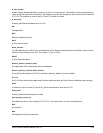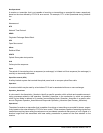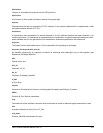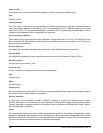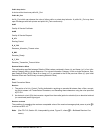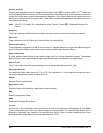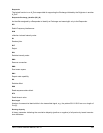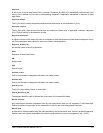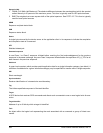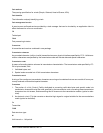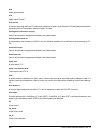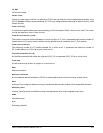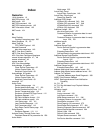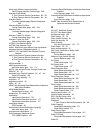
Fibre Channel Interface Manual, Rev. D 387
Sequence
A set of one or more data frames with a common Sequence_ID (SEQ_ID), transmitted unidirectionally from
one N_Port to another N_Port with a corresponding response, if applicable, transmitted in response to each
data frame.
Sequence initiator
The N_Port which initiates a sequence and transmits data frames to the destination N_Port.
Sequence recipient
The N_Port which receives data frames from the sequence initiator and, if applicable, transmits responses
(Link_Control frames) to the sequence initiator.
Sequence status block
A logical construct which tracks the state of a sequence. Both the sequence initiator and the sequence recipi-
ent have a sequence status block for each concurrently active sequence.
Sequence_ID (SEQ_ID)
An identifier used to identify a sequence.
SISB
Sequence initiator status block.
SM
Single mode.
SOF
Start of frame.
Solicited control
One of the information categories indicated in the frame header.
Solicited data
One of the information categories indicated in the frame header.
Source N_Port
The N_Port from which a frame is transmitted.
Source_Identifier (S_ID)
The address identifier used to indicate the source port of the transmitted frame.
Special character
Any transmission character considered valid by the transmission code but not equated to a valid data byte.
Special characters are provided by the transmission code for use in denoting special functions.
Special code
A code which, when encoded using the rules specified by the transmission code, results in a special character.
Special codes are typically associated with control signals related to protocol management (e.g., K28.5).



